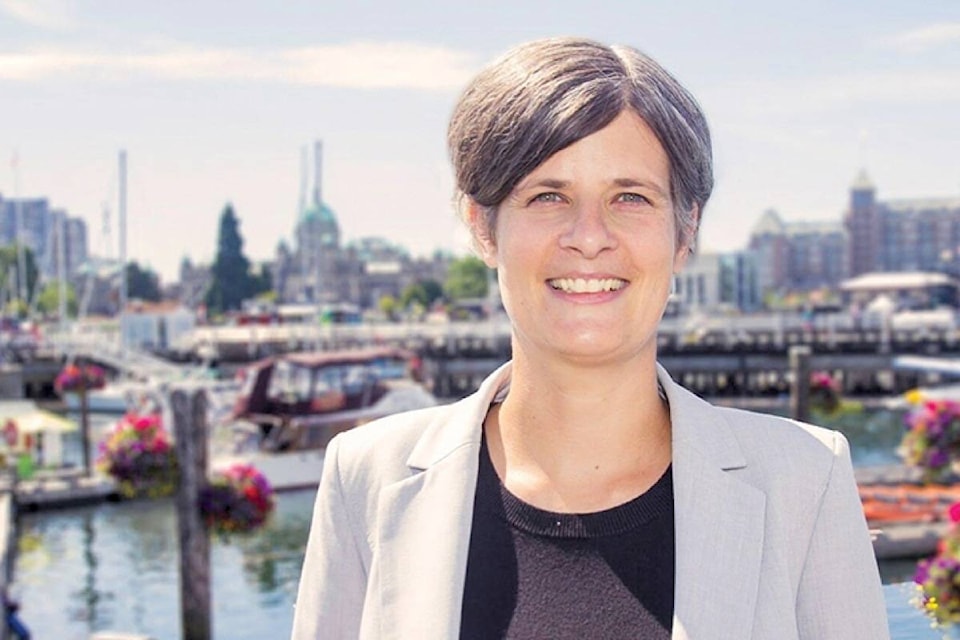There have been questions recently about rapid densification – why do we need so many new buildings? Should we pull up the metaphorical drawbridge and protect Victoria from newcomers because we think it’s the only way to preserve the quality of life for people who already live here? There are many good reasons to answer no. I’ll share two and outline how a growing city can enhance quality of life and well-being, for everyone.
At a recent talk in Victoria, the Governor of the Bank of Canada highlighted Canada’s aging workforce; as a result, currently two thirds of labour force growth comes from immigration. By 2025, he said, all labour force growth will come from immigration. This couldn’t be more true than in Victoria where we have an aging population with many people moving out of the labour force in the coming decades. These people will want to stay in Victoria and enjoy the quality of life they have here.
So, like the rest of Canada, though perhaps more rapidly, Victoria’s labour force must grow through immigration both from other provinces and other countries. This growing labour force – necessary to support those who are retiring – needs places to live. That is one key reason that all this new building is necessary.
A second reason is climate change. In early March I was invited by Edmonton Mayor Don Iveson to an urgent weekend meeting of global mayors. The 800 scientists from the Intergovernmental Panel on Climate Change were meeting in Edmonton the following week and Mayor Iveson wanted mayors to shape the conversation.
The materials provided and the speakers made it crystal clear: We have little time to take radical action with regard to climate change or we lose the battle. Cities are both the cause and the solution to the problem.
Bill Solecki Founding Director of the CUNY Institute for Sustainable Cities put it starkly: “We have all the knowledge we need, but at our core, we can’t acknowledge that we have to fundamentally change the way we live in cities.”
Changing the way we live in Victoria to take bold climate action means more compact living and more people living in all our neighbourhoods. This can happen without changing their character too much through gentle density, houseplexes, tiny homes, townhouses and more. It means more people living within walking distance of goods and services available in village centres, resulting in less traffic and pollution. It also means inclusion, diversity, new neighbours and a denser web of social relationships.
On major corridors and downtown the changes are more visible. There are more tall buildings. But what we can’t see from the outside is that almost all of these buildings are built with vertical backyards: playgrounds on the third floor, lush, green community gathering spaces on the roof tops – one building even includes multiple birdhouses.
We don’t need to trade in quality of life even as our city grows to accommodate a changing labour force and a changing climate. What we do need is real dialogue rather than name calling and finger pointing. “NIMBY” is not a helpful term as it doesn’t take seriously the concerns and fears that people have – we all want to maintain the incredible neighbourhoods we’ve built together. Nor is it helpful to have a drawbridge mentality – this makes young renters and others feel unwelcome, and prevents us from adapting to changing times. We’re all in this together.
Lisa Helps is the mayor of the City of Victoria.
